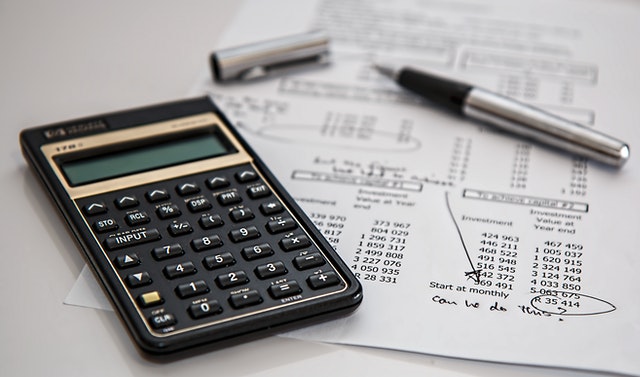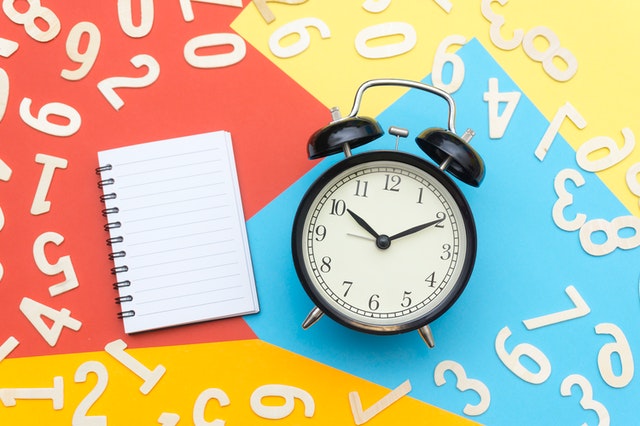Silver is widely recognized as a valuable precious metal, renowned for its lustrous appearance and historical significance as a store of wealth. However, beyond its allure in jewelry and investment circles, silver plays a vital role in various industrial applications. If you visit a site like https://azbigmedia.com/business/india-is-importing-silver-bars-at-a-historic-rate/, you can learn about its financial value as well. In this blog post, we will look at the industrial demand for silver and its profound impact on financial markets.
Versatile Applications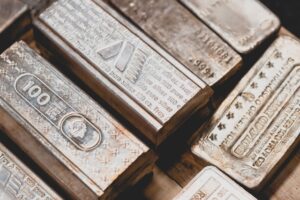
Silver’s unique properties make it an indispensable element in a myriad of industries. Its exceptional electrical conductivity and thermal conductivity qualities have propelled its use in electronics, including smartphones, computers, and solar panels. Additionally, silver’s antimicrobial attributes have led to its utilization in healthcare settings, such as wound dressings and medical equipment. The versatility of silver ensures a consistent demand across diverse sectors, cementing its position as a valuable industrial metal.
Growing Need for Technology
The digital age has witnessed a tremendous surge in technological advancements, resulting in an increased demand for silver. As electronic devices become more undersized and complex, the requirement for silver in circuit boards and connectors has soared. With the global proliferation of smartphones, tablets, and other portable electronic devices, the need for silver to facilitate efficient data transmission and energy consumption has escalated, further fueling its industrial demand.
Solar Energy Sector
Silver is essential in solar cell technology, often known as photovoltaic cells, because of its ability to effectively convert sunlight into energy. As governments throughout the world resolve to decrease their carbon footprints and embrace solar energy as a sustainable alternative, the demand for silver in this sector is expected to increase dramatically.
Impact on Supply and Demand Dynamics
Industrial demand for silver has a direct impact on its supply and demand dynamics, which, in turn, influences its price in the financial markets. As industries clamor for silver to meet their production needs, the competition for limited supplies intensifies, potentially driving up its cost. Conversely, periods of economic slowdown or recessions may lead to a decrease in industrial demand, which could suppress silver prices. Therefore, understanding the relationship between industrial demand and market dynamics is crucial for investors and traders alike.
Influence on Price Volatility
Silver’s dual role as both an industrial metal and a precious metal affects its price volatility in financial markets. When industrial demand wanes and economic uncertainty prevails, silver prices may experience downward pressure. Conversely, during periods of robust economic growth and increased demand, silver prices tend to rise. Thus, monitoring industrial demand trends becomes essential for stakeholders in the silver market, enabling them to make informed decisions based on anticipated price movements.
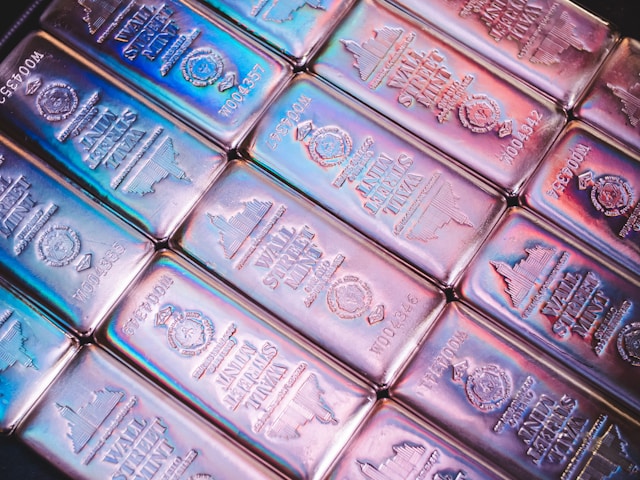
Economic Outlook and Industrial Demand
The strength of global economies directly impacts industrial demand for silver. As countries experience economic expansions, industrial production expands, thereby creating additional demand for silver in various sectors. Conversely, economic downturns can dampen industrial activity and subsequently reduce the need for silver. Consequently, keeping a finger on the pulse of economic trends helps investors gauge the potential impact on silver’s industrial demand and adjust their investment strategies accordingly.
Conclusion
The industrial demand for silver goes well beyond its traditional use as a precious metal. Its distinct qualities make it an essential component in sectors such as electronics, healthcare, and renewable energy. Understanding the many uses and the influence of industrial demand on the financial markets is critical for investors attempting to navigate the complexity of the silver market.…

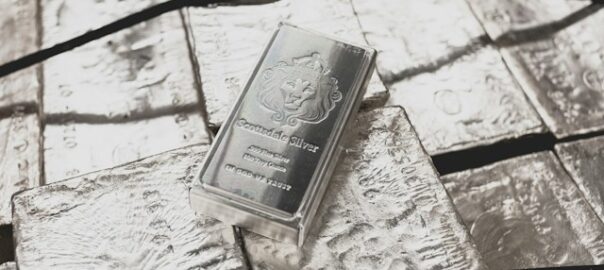
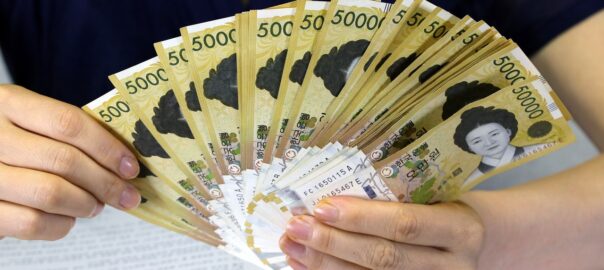
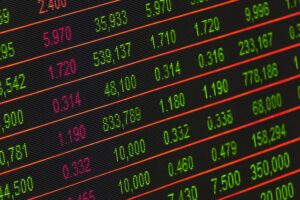 When it comes to protecting your finances from inflation, diversifying your investments is a smart move. By spreading out your money across different asset classes, you can minimize the risk associated with any one investment. This means that even if one sector or market experiences a downturn due to inflationary pressures, other areas of your portfolio may still be performing well. One way to achieve diversification is by investing in different investments. Stocks have the potential for high returns but also come with higher risks. Bonds offer more stability and income generation. Real estate provides an opportunity for long-term growth and serves as a tangible asset.
When it comes to protecting your finances from inflation, diversifying your investments is a smart move. By spreading out your money across different asset classes, you can minimize the risk associated with any one investment. This means that even if one sector or market experiences a downturn due to inflationary pressures, other areas of your portfolio may still be performing well. One way to achieve diversification is by investing in different investments. Stocks have the potential for high returns but also come with higher risks. Bonds offer more stability and income generation. Real estate provides an opportunity for long-term growth and serves as a tangible asset.




 This might be a given, but it’s necessary to address. Eating out in London is expensive, and even if you find a cheap place to eat, you’re still looking at spending around £15 for a meal. However, if you cook your food, you can easily spend half of that or less. Not to mention, cooking food is a great way to save money on groceries. There are plenty of recipes online for cheap meals.
This might be a given, but it’s necessary to address. Eating out in London is expensive, and even if you find a cheap place to eat, you’re still looking at spending around £15 for a meal. However, if you cook your food, you can easily spend half of that or less. Not to mention, cooking food is a great way to save money on groceries. There are plenty of recipes online for cheap meals.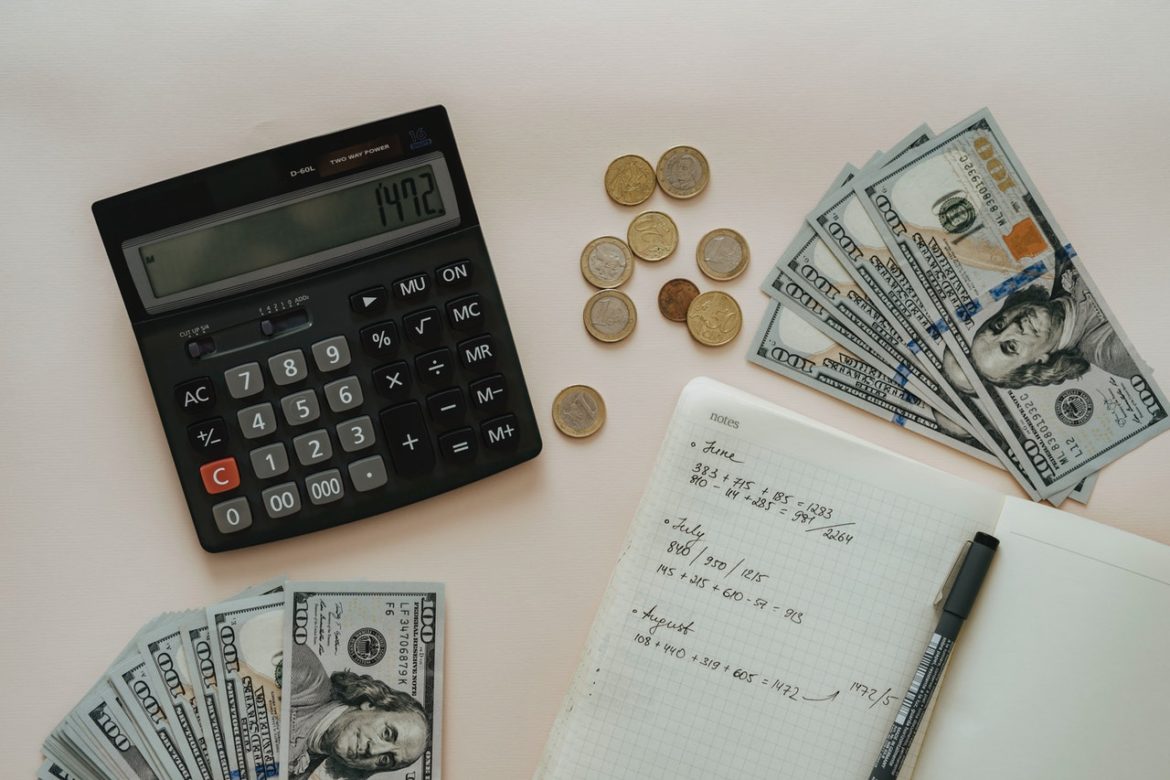
 The first step to managing your money is to track your spending for a month. It will help you become more aware of where your money is going and what areas you may need to cut back on. You can use a budgeting app or write out all of your expenses in a journal. Once you know where your money is going, you can figure out what areas are most important to cut back on.
The first step to managing your money is to track your spending for a month. It will help you become more aware of where your money is going and what areas you may need to cut back on. You can use a budgeting app or write out all of your expenses in a journal. Once you know where your money is going, you can figure out what areas are most important to cut back on.
 As an entrepreneur, I’m going, to be frank, and direct. You are responsible for everything; you are responsible for sales, customer service, and marketing. You can’t depend on anyone, not family, friends, debt, or employees. There is a lot of talk on the internet about creating a business that allows you to pursue your passions and focus on your strengths. While I agree that being unhappy at work is wrong, entrepreneurship is not for everyone. You can consider whether the job you love is better than the one you have in someone else’s company. Be open with yourself. It’s important to understand what you’re up against so that you start strong and don’t get discouraged when things go wrong.
As an entrepreneur, I’m going, to be frank, and direct. You are responsible for everything; you are responsible for sales, customer service, and marketing. You can’t depend on anyone, not family, friends, debt, or employees. There is a lot of talk on the internet about creating a business that allows you to pursue your passions and focus on your strengths. While I agree that being unhappy at work is wrong, entrepreneurship is not for everyone. You can consider whether the job you love is better than the one you have in someone else’s company. Be open with yourself. It’s important to understand what you’re up against so that you start strong and don’t get discouraged when things go wrong.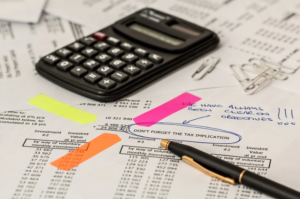 While it’s great to work for someone and receive a W-2, once you start your own business, finances need to be at the forefront. A good accountant will be an integral part of your business team. Can you open a separate bank account for the business? Have you discussed setting up the business with your attorney and accountant? Do you know what tax deductions you are entitled to and how much you need to set aside? Are you aware of the risk of being audited? These questions can be answered by a good accountant who will help you succeed in the long run. Always re-evaluate your business and be open to change if you need to. You can create your own business if you want to.
While it’s great to work for someone and receive a W-2, once you start your own business, finances need to be at the forefront. A good accountant will be an integral part of your business team. Can you open a separate bank account for the business? Have you discussed setting up the business with your attorney and accountant? Do you know what tax deductions you are entitled to and how much you need to set aside? Are you aware of the risk of being audited? These questions can be answered by a good accountant who will help you succeed in the long run. Always re-evaluate your business and be open to change if you need to. You can create your own business if you want to. 

 The expectation that all children will learn about finance through a single, limited medium such as books could be a major reason why youth’s financial literacy rates are shockingly low. Using software to promote financial literacy by providing diverse and appropriate content could help address youth discovery disparity. In this way, more children will learn finance at their own pace and through a more robust medium.
The expectation that all children will learn about finance through a single, limited medium such as books could be a major reason why youth’s financial literacy rates are shockingly low. Using software to promote financial literacy by providing diverse and appropriate content could help address youth discovery disparity. In this way, more children will learn finance at their own pace and through a more robust medium.